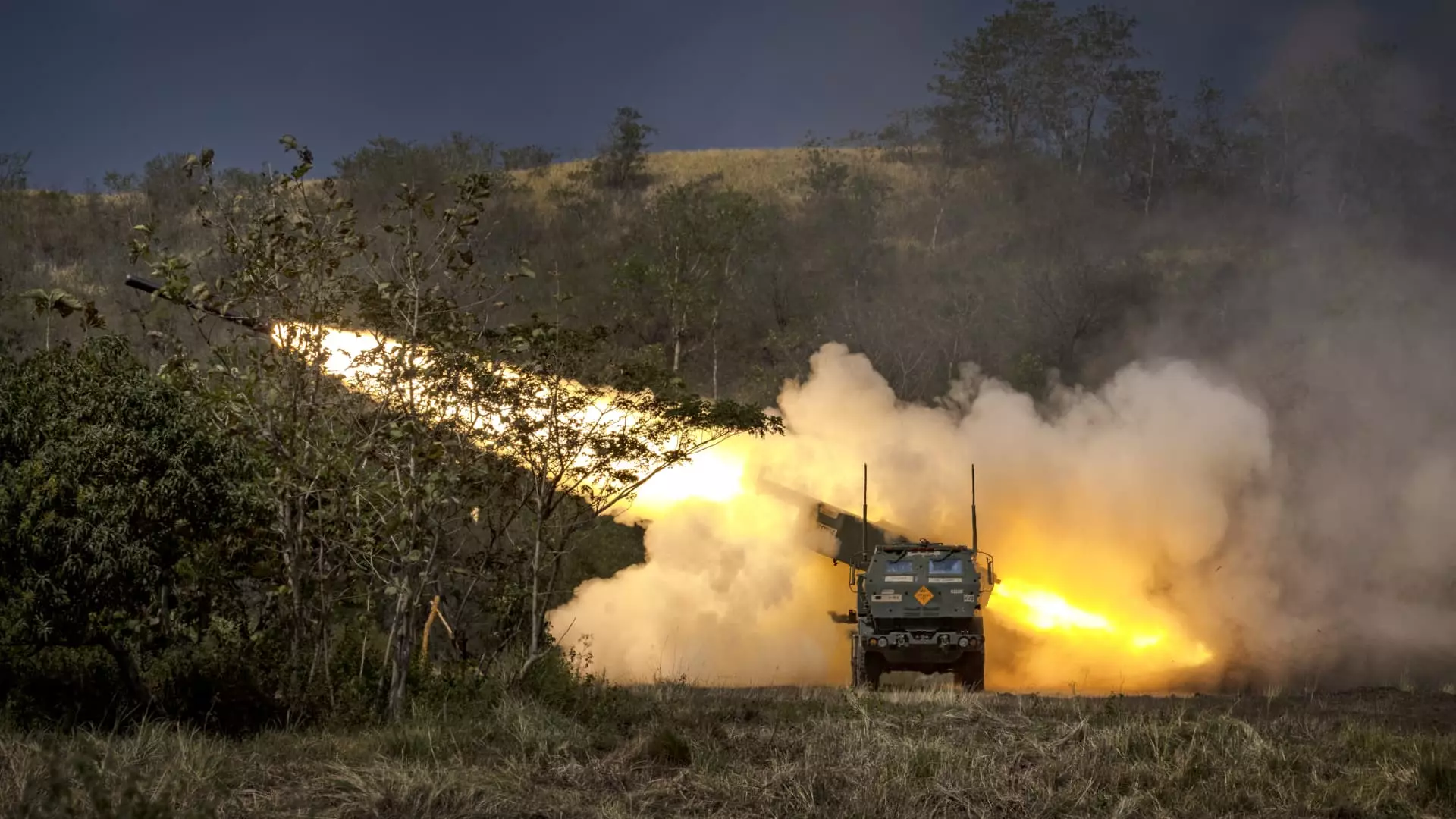The geopolitical landscape of Southeast Asia has become increasingly strained, characterized by tensions between China and the United States. A significant point of contention arises from the U.S. military’s deployment of the Typhon mid-range missile system in the Philippines, a move described as a pivotal element of American strategy in the region. This article delves into the motivations behind the deployment, its implications for regional stability, and the reactions it has provoked from China and Russia.
The U.S. has no immediate intention of withdrawing the Typhon missile system from the Philippines, despite Chinese protests. The Typhon, a mobile missile system capable of launching precision strike capabilities, was integrated into joint military exercises earlier this year and has remained stationed in the archipelago. Analysts suggest that the strategic location of the Philippines is crucial for the U.S. to support Taiwan in the event of a conflict with China. By maintaining a military presence in the Philippines, the U.S. aims to send a clear message of deterrence to China, a country that has significantly revised its military posture in the South China Sea.
The Philippines has been a pivotal ally for the U.S. in Asia, and its role has become even more critical given escalating territorial disputes in the South China Sea. This deployment of the Typhon system is seen not merely as a tactical move but as part of a broader strategy to counterbalance China’s increasing assertiveness and military capabilities in the region.
The immediate regional reactions to the Typhon system’s deployment have been one of alarm and condemnation, particularly from China. Officials in Beijing argue that the system poses a direct threat to regional stability, claiming it intensifies geopolitical confrontations and undermines the security of neighboring countries. Chinese officials assert that such military maneuvers by the U.S. could provoke a new arms race in the Indo-Pacific, echoing sentiments expressed by Russian leaders seeking to bolster their own military readiness in response to perceived threats from NATO and U.S. deployments.
The rhetoric from China is accompanied by a series of military posturing activities, such as military drills and statements reinforcing its claim over the South China Sea. In contrast, the U.S. and Philippine officials remain committed to the continued presence of the Typhon system, seeing it as an opportunity to gain tactical advantages in any potential conflict scenario.
The Typhon system, which can launch advanced missile types such as the SM-6 and Tomahawks, aims to enhance the military capabilities of U.S. forces stationed in the Philippines. Philippine military officials have confirmed ongoing training with the system, which is positioned to intercept and deter potential Chinese aggression. The capabilities offered by the Typhon align well with U.S. ambitions to improve regional force readiness and establish a cohesive defense strategy involving regional allies.
However, attention must be given to the implications of such military enhancements. While U.S. officials have asserted that the Typhon deployment is not meant to provoke China, the presence of advanced military equipment in the Philippines naturally raises regional tensions. The military dynamics of the region are fraught with complexities, where actions taken by one state can be interpreted as hostile by others.
As the U.S. navigates its military policy in the Indo-Pacific, balancing deterrence with diplomacy will be vital. Recent exchanges, particularly between Philippine Foreign Affairs Secretary Enrique Manalo and his Chinese counterparts, demonstrate the need for diplomatic channels amidst military preparations. It is crucial for the Philippines to articulate clearly that the Typhon system’s presence does not signify a direct threat to China.
Moreover, ongoing bilateral and multilateral negotiations are essential to de-escalate tensions and establish frameworks for conflict resolution. While military preparedness is critical, maintaining dialogue with China may offer pathways toward reducing misunderstandings and fostering stability in the region.
The deployment of the Typhon missile system emphasizes the complex interplay of military strategy and international relations in the Southeast Asian region. It reflects the U.S.’s commitment to its allies while aiming to deter an increasingly assertive China. However, for sustained stability, it is imperative that military measures are paired with diplomatic efforts. As the regional landscape continues to evolve, the U.S. and its allies must strive to balance military readiness with peaceful engagement, preventing any potential escalation of conflicts that could have far-reaching consequences beyond the South China Sea.

Leave a Reply